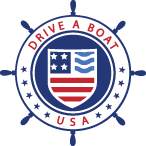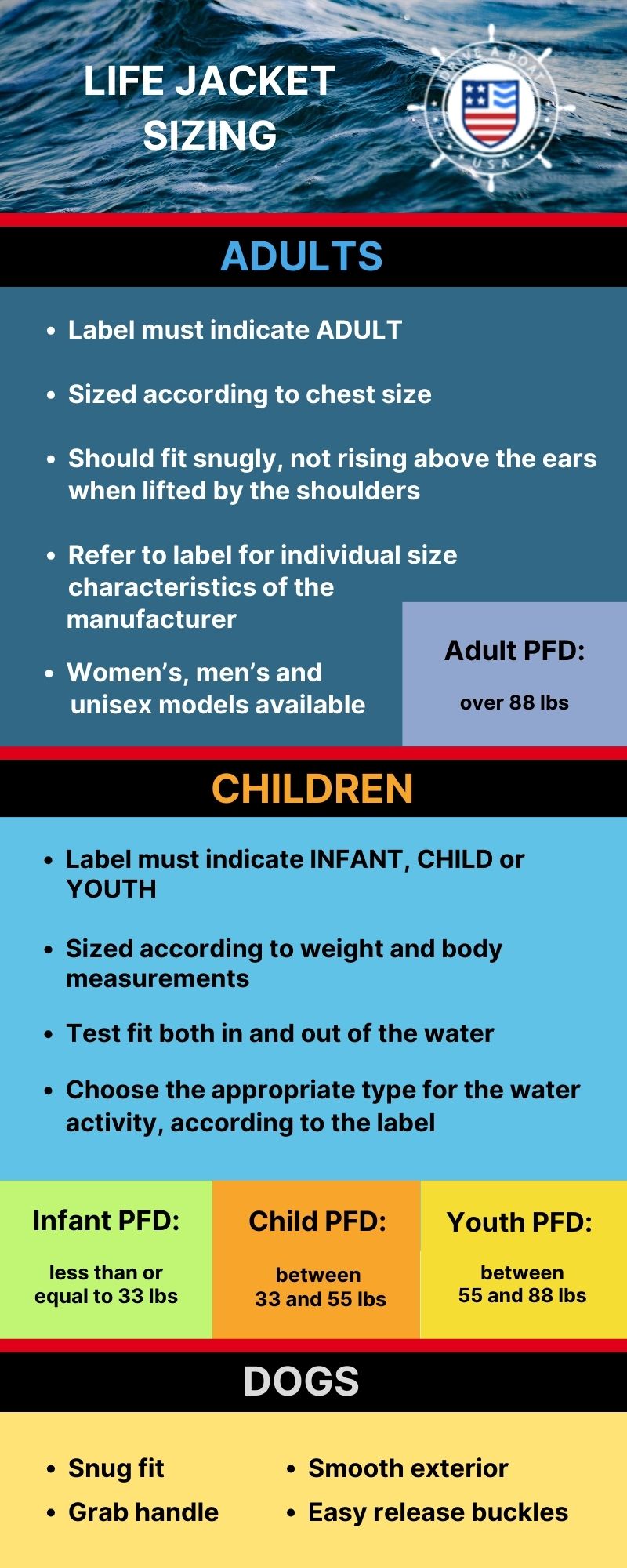PFD Sizing & Fitting: Characteristics and Chart
Wearing the right life jacket is not only essential for boating legally and avoiding fines, it will keep you safe. Accidents on the water happen quickly, and when something goes wrong, there is rarely time to decide to put on a PFD, much less to make sure it fits properly.
Before you take to the water or head out onto the dock with the family, take a moment to choose a life jacket that is the right size and fit. It could save your life.
Who has to wear a life jacket?
According to USCG federal laws, all children under age 13 who are on the deck of a boat that is underway much be wearing a life jacket at all times. Adults must wear a life jacket when operating or riding in a boat or PWC, when being towed and in any type of rough water conditions. While pets are not obliged to wear a PFD, some dog owners prefer to take this extra safety precaution.
It is always recommended to wear some sort of PFD when near or on the water, even in situations where it may not be strictly illegal not to. To learn more, read our article about PFD rules and regulations.
PFD sizing for adults
An adult PFD will have ADULT indicated on the label, along with the type of activities the life vest can be used for.
Adult PFDs are sized according to chest size, not body weight. To determine your chest size, measure the circumference of your chest at its broadest point. Then refer to the life jacket label and the manufacturer’s recommendations to find the right size. Specific sizes will vary according to the manufacturer. Many women find that women’s PFDs fit better than unisex models.
Your adult life jacket should fit snugly, but remain comfortable. Note that while inflatable PFDs may offer more mobility, they are not suitable for high impact water activities like water skiing. Always check the label to be sure the life jacket is USCG-approved.
Here’s how to check that your adult PFD fits properly:
- Wear the appropriate clothing for your chosen water activity. Put on the life jacket, zip it up and adjust the straps, starting at the waist, so that it fits snugly but comfortably. If you can’t manage to make it tight enough, it’s probably too big. Choose a smaller size.
- Wearing the life vest, get into shallow water, just deep enough to check for buoyancy while remaining safe. Bring your knees to your chest so that you float. If the PFD supports your weight and does not ride up around your mouth and ears, it fits properly.
- If you do not have access to water, ask someone to pull the life jacket up by the shoulders. If it goes past your nose or head, either the straps are too loose or the PFD is a size too large. Try adjusting it, or choose a different size as needed.
If possible, try swimming while wearing the life vest so that you can get used to moving in the water wearing a PFD. If you intend to go boating, verify that you can make the necessary movements to manoeuvre the vessel safely. A properly fitted life jacket should be snug but still allow you the freedom of movement to do what you need to in or on the water.
PFD sizing for children
A children’s PFD will have INFANT, CHILD or YOUTH indicated on the label.
Children’s life jackets are sized according to body weight, combined with chest measurement. Children are only allowed to wear foam life jackets, and never inflatable PFDs.
Also, keep in mind that children can be of varying shapes and sizes and have varying levels of comfort in water and swimming ability, which will impact choosing the right children’s PFD.
1. Weigh the child
To choose the right life jacket size for a child, begin by assessing their body weight:
- Infant: less than or equal to 33 lbs
- Child: Between 33 and 55 lbs
- Youth: between 55 and 88 lbs
These categories may also be identified as infant, child’s small, child’s medium and child’s large sizes (see size guide).
While PFDs for infants do exist, the U.S. Coast Guard does not recommend taking an infant under 18 pounds on board a boat. Remember that adult supervision is absolutely necessary even if toddlers and children are wearing life jackets in the water.
2. Check the label
Once you have chosen a PFD that is right for your child’s body weight, check the label to verify that it the right life jacket type for the activity you intend to do, that it guarantees the right amount of buoyancy (flotation), and that it is USCG approved.
3. Make sure the life jacket fits properly
A child’s PFD has to fit snugly so that they cannot slip out of it in the water. Never purchase a larger PFD with the idea that the child may grow into it.
For children under 50 pounds, PFDs should have a grab handle (for pulling the child out of the water easily), a float collar (to keep the child’s head above water at all times) and a crotch strap (to keep the life jacket from riding up).
To check whether a child’s PFD fits properly:
- Tighten the straps, making sure the life jacket remains comfortable.
- Pick up the child by the shoulders of the PFD. The life jacket should not rise above the child’s chin and ears.
4. Test the PFD
It’s always a good idea to let a child test their PFD in the water with adult supervision. Verify again that it does not ride up around their ears. Help the child get used to floating, swimming and moving in the water wearing the life jacket, so that if they should ever fall in the water while wearing it, they will be able to remain calm.
PFD sizing for dogs
Many dog owners are concerned for their pet’s safety in the water or on a boat. Some dogs may tire easily when swimming, making them more prone to drowning.
When choosing a life jacket for your dog, make sure that it fits snugly so that the dog cannot wriggle out of it. Make sure the outer surface is smooth so that it will not catch on anything. Easy-release buckles make it easier to get the dog in and out of the life vest, and a handle allows you to lift the dog out of the water.
Choose the right life jacket with DAB USA
A properly fitted wearable PFD is an essential piece of boating equipment for both adults and children. Choosing the right life jacket includes verifying that it fits properly and is suited to your chosen water sport.
Always choose a life jacket that is United States Coast Guard-approved! You can lean more about boating safety with a course from Drive A Boat USA, or check out our blog for more articles about boating regulations and best practises on the water. Sign up today to get your state-specific boating license!


